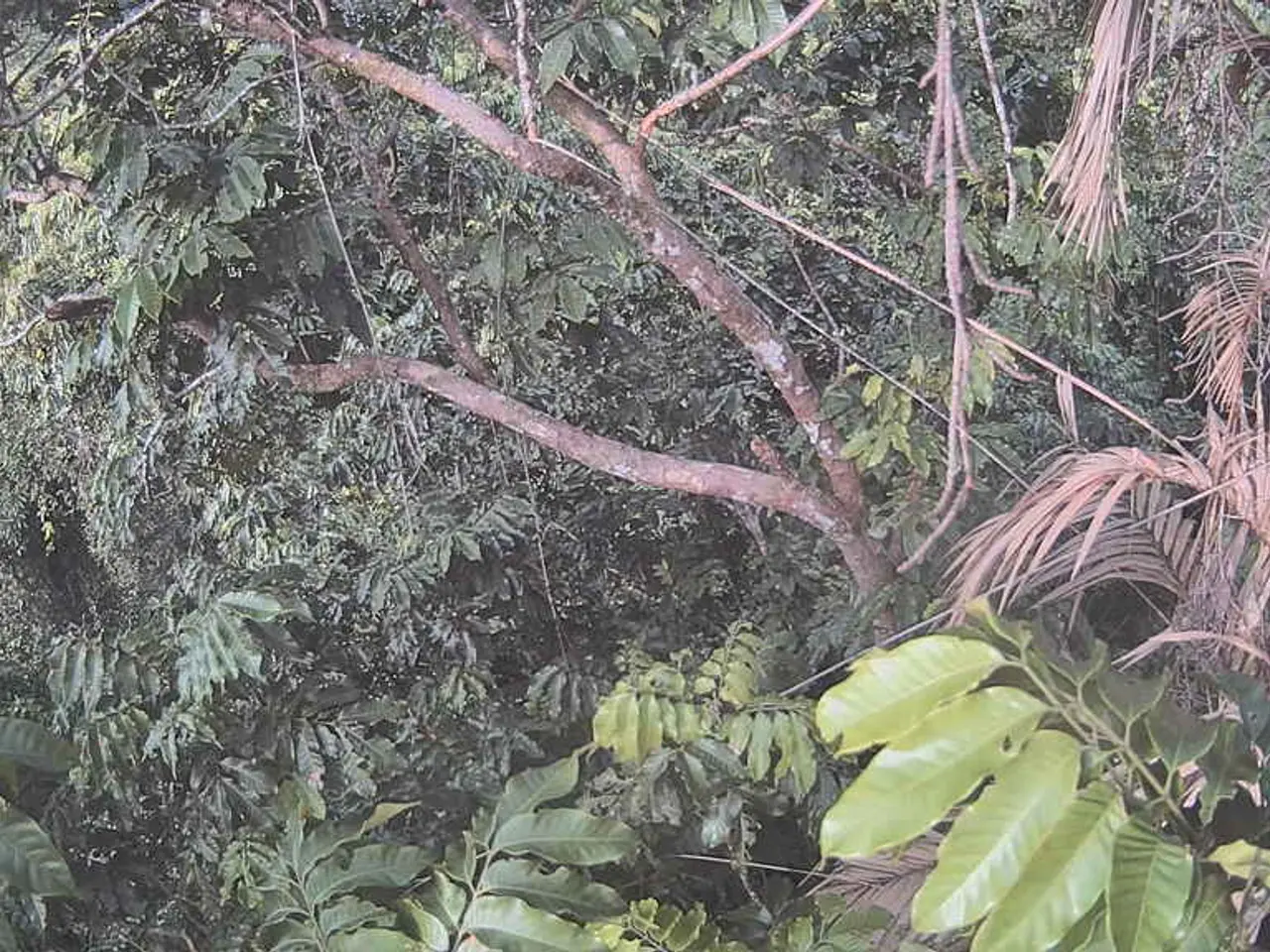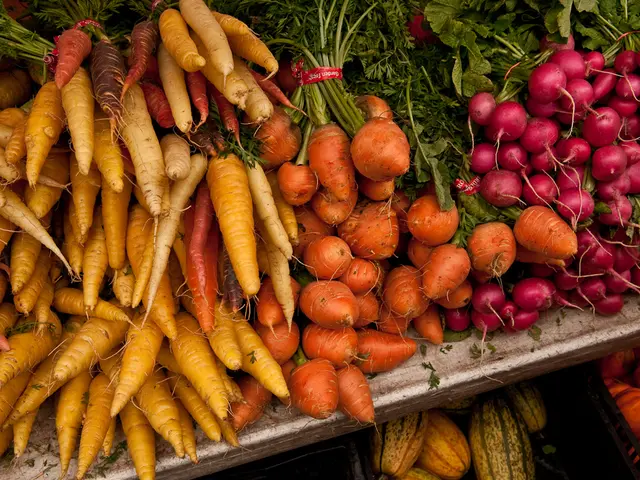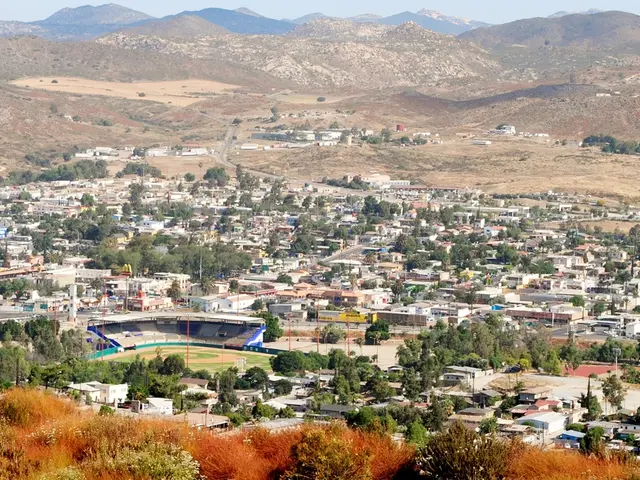Transform Your Outdoor Area with These 9 Engaging Palm Tree Species
From the tropical Canary Island Date Palm to the drought-tolerant Pygmy Date Palm, palm trees add a touch of exotic charm to any landscape. Here's a guide to help you choose the right palm tree for your garden, based on their ideal conditions and growth characteristics.
The Canary Island Date Palm (Phoenix canariensis) is a slow-growing palm with a thick, smooth trunk and fan-shaped fronds, native to the Canary Islands. It thrives in full sun and prefers USDA Zones 9-11. This palm is moderately drought-tolerant but requires moderate watering, especially in potted conditions. Fertilize during spring and summer with palm-specific fertilizers, and protect it from extreme frost below -7ºC. The Canary Island Date Palm can grow to a height of 33-66 feet and spread up to 20-40 feet.
The Coconut Palm (Cocos nucifera) is a fast-growing palm with fan-shaped fronds, known for its slender trunk and edible fruits, native to the Indian Ocean. It prefers tropical climates, USDA Zones 10-11, and needs full sun and well-drained sandy soil. This palm requires regular watering, especially during dry periods, and is sensitive to frost and cold temperatures.
The Spindle Palm (Hyophorbe verschaffeltii) thrives in full to partial sun and prefers well-draining soil. It is suitable for USDA Zones 9-11 and moderately drought-tolerant once established. The Spindle Palm is a moderate-growing palm with a slender trunk that flares out at the base, resembling a spindle.
The Foxtail Palm (Hyophorbe lagenicaulis), also known as the Bottle Palm, is a distinct variety with a unique bottle-shaped trunk, adding an exotic touch to tropical and subtropical landscapes. It prefers full sun exposure, well-draining soil, and moderate watering, avoiding overwatering. It is suitable for USDA Zones 10-11 and is sensitive to frost.
The Queen Palm (Syagrus romanzoffiana) thrives in warm climates and is known for its feathery fronds and graceful appearance. It prefers full sun to partial shade, well-drained sandy or loamy soil, and moderate watering, drought-tolerant once established. The Queen Palm is suitable for USDA Zones 9-11 and requires protection from freezing temperatures.
The Pygmy Date Palm (Phoenix roebelenii) is a small, slow-growing variety ideal for residential landscapes and smaller spaces. It prefers partial shade to full sun, well-drained soil, and requires moderate watering. The Pygmy Date Palm is suitable for USDA Zones 9-11 and can be grown indoors in pots if bright light is available.
While specific details for all palms were not fully covered in the search results, these conditions reflect best practices for these commonly cultivated palms in landscapes.
Additional growing tips include watering most palms with deep, infrequent watering to encourage deep root growth, using specialized palm fertilizers high in potassium and magnesium during active growing seasons, protecting palms from frost, and ensuring well-draining soil to prevent root rot.
Other popular palm trees include the African Oil Palm, known for its large, feathery fronds and clusters of reddish fruits, the Areca Palm, admired for its delicate fronds and attractive form, and the sabal palm, a symbol of resilience in Florida and a contributor to the region's unique ecosystem.
With a wide variety of palms to choose from, you can create a beautiful and exotic landscape that adds charm and character to your home or commercial property.
The Canary Island Date Palm is a suitable choice for a lifestyle that includes a home-and-garden setting in USDA Zones 9-11, as it prefers full sun and has moderate drought-tolerance after establishment.
For those living in tropical climates (USDA Zones 10-11) who are enthusiasts of home-and-garden décor, the Coconut Palm with its slender trunk and edible fruits may be an attractive addition to their landscape, especially for those with well-drained sandy soil.







